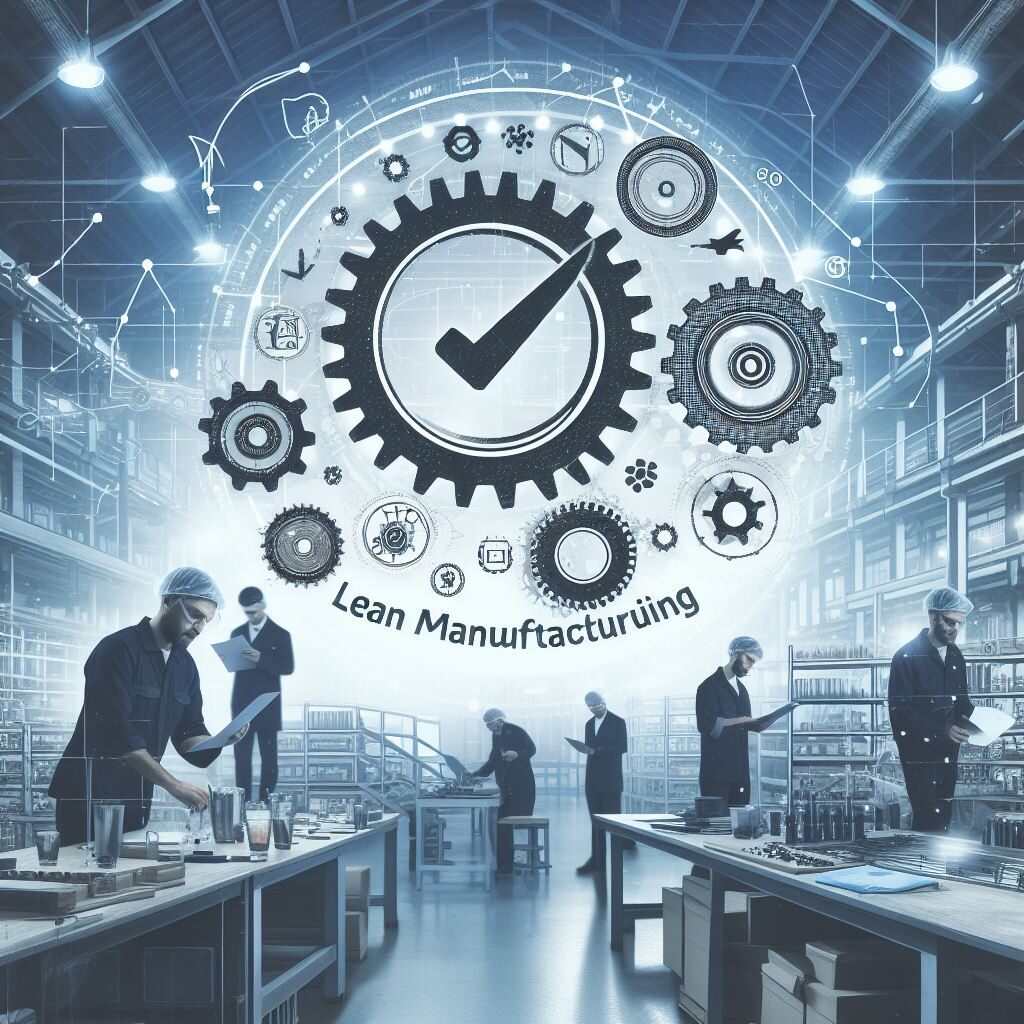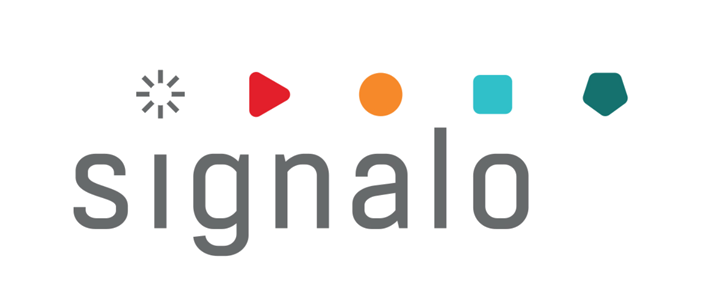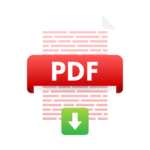Lean for Manufacturing, also known as Lean Production, is a management philosophy that was created in Japan in the 1950s and then spread worldwide. The main goal of Lean Manufacturing is to eliminate waste in production processes and improve company performance through continuous improvement and increased efficiency.
Benefits
First and foremost, a company can expect increased productivity, improved product quality, and reduced lead time for order fulfillment. By eliminating waste in the production process, a company can save time and reduce production costs, leading to higher profits and competitiveness in the market.
Lean Manufacturing also promotes employee engagement in the improvement process, leading to improved work climate and increased motivation to act. Therefore, the implementation of this philosophy can bring long-term benefits to the company, both financially and organizationally.
Basic Principles of Lean for Manufacturing
Elimination of Waste
Waste can take various forms, such as excessive inventory, waiting for materials, inefficient processing, or unnecessary employee movements. Eliminating these elements aims to streamline production processes and maximize resource utilization.
Increased Process Efficiency
Another principle of Lean Manufacturing is to increase the efficiency of production processes. By eliminating waste and optimizing activities, a company can achieve significant time and cost savings. Improving process efficiency also allows for faster response to changing market conditions and increased competitiveness of the company.
Continuous Improvement
Companies should strive for continuous improvement of their processes and seek new solutions that can bring additional benefits. Continuous improvement requires the involvement of all employees and constant monitoring and evaluation of company actions. This allows the company to maintain high quality of produced goods and adapt to changing market needs.
Lean for Manufacturing Tools
1. 5S
What is the 5S tool?
The 5S tool is one of the key methods used in lean manufacturing to improve work organization and production efficiency. The name comes from five Japanese words: seiri (sorting), seiton (setting in order), seiso (cleaning), seiketsu (standardizing), and shitsuke (sustaining). Each of these phases plays an important role in eliminating waste and ensuring optimal working conditions.
Sorting (seiri)
The first step in implementing the 5S tool is sorting, or eliminating unnecessary items and materials from the workplace. In this phase, employees carefully analyze their workstations and decide what is necessary to perform tasks and what can be removed. This eliminates excess and chaos, leading to efficiency and time savings.
Setting in Order (seiton)
The next step is setting in order, or establishing a logical organization of items and tools in the workplace. Each item should have a designated place to facilitate quick and efficient task execution for employees. This also prevents chaos and mistakes, as well as enables inventory control and quick identification of needed items.
Cleaning (seiso)
The third phase is cleaning, or maintaining order and cleanliness in the workplace. Regular cleaning helps eliminate contaminants and prevent machine failures, which in turn increases work safety and production efficiency. Additionally, a clean and tidy workplace positively affects employee well-being and the company’s image.
Standardizing (seiketsu)
The next step is standardizing, or establishing work standards and procedures to maintain the achieved order and cleanliness. This allows every employee to know the expectations for maintaining order and which procedures to use in daily work. Standardization helps avoid reverting to old habits and ensures continuity in the improvement process.
Sustaining (shitsuke)
The final phase of the 5S tool is sustaining, or systematically maintaining the achieved state and continuously improving processes. Employees are encouraged to maintain order, cleanliness, and tidiness in their workplaces, as well as to report any problems and improvement suggestions. Sustaining order is crucial for production efficiency and the long-term success of the company.
Summary:
The 5S tool is an effective method for improving work organization and production efficiency, used within lean manufacturing. Each of the five phases (sorting, setting in order, cleaning, standardizing, sustaining) has its significance and impacts the improvement of quality, safety, and work efficiency. By applying the 5S tool, companies can eliminate waste, increase productivity, and create better working conditions for their employees.
2. Kaizen
Kaizen is a Japanese approach to process improvement in a company. It is a key element of lean manufacturing, focusing on eliminating waste and continuous improvement.
Operating principles
Kaizen is based on involving all employees in the improvement process. Kaizen assumes that employees who perform a given process daily have the greatest knowledge about it, so they are key participants in Kaizen.
Methodology
The basic principle of Kaizen is to identify and eliminate waste in processes. Employees are encouraged to propose improvements, and then they analyze, test, and implement changes together to improve efficiency and work quality.
Benefits
By using the Kaizen tool, a company can achieve many benefits, such as increased process efficiency, cost reduction, improved product/service quality, increased employee engagement, and faster response to changing market conditions.
Conclusion
Kaizen is an extremely effective method of process improvement in a company. Through the involvement of all employees, continuous improvement, and waste elimination, significant improvements in efficiency and work quality can be achieved, leading to increased competitiveness of the company.
3. Kanban
Kanban helps manage workflow by visualizing the production process and controlling the quantity of tasks at each stage.
How does it work?
Kanban is based on a system of boards with cards or columns representing individual tasks to be performed. Employees move cards between columns, reflecting progress in task completion. In this way, everyone has a clear picture of what is in progress and where there may be delays.
Advantages
Using Kanban allows for quick identification of problems in the production process, elimination of excessive focus on one task, and optimization of work efficiency. By visually monitoring progress, work pace can be easily adjusted to current needs, avoiding resource overload or shortage.
Implementation
To effectively implement Kanban, it is necessary to first understand the production process and define the steps to be visualized on the board. Then, prepare the appropriate number of cards and columns, define work limits at each stage, and ensure regular team meetings to discuss project progress.
Conclusion
Kanban is a powerful tool that helps improve production processes by eliminating waste, reducing cycle time, and improving communication among employees. Its use can lead to greater efficiency and better production control.
4. Just-in-time
Just-in-time (lean manufacturing) is a production management strategy aimed at eliminating waste in the production process by reducing inventory, minimizing downtime, and optimizing work efficiency. It is an approach based on continuous improvement of production processes and maximizing added value for the customer.
Elimination of Waste
As part of the Just-in-time tool, production takes place on a just-in-time basis, without the need to store large inventories of raw materials or finished products. This eliminates waste associated with expired inventories, changes in customer orders, or overproduction.
Reduction of Downtime
By minimizing inventory and optimizing supply logistics, the Just-in-time tool also allows for the reduction of machine and employee downtime. This increases production efficiency and eliminates losses associated with waiting for material deliveries.
Optimization of Work Efficiency
Through continuous improvement of production processes, the Just-in-time tool enables optimization of work efficiency by eliminating unnecessary operations, streamlining material flow, and increasing employee engagement in the production process. This allows for higher product quality and increased competitiveness of the company.
5. Poka Yoke
Poka Yoke is based on the simple premise that the best way to avoid errors is to prevent them during the production stage. By using special devices, mechanisms, or simple procedures, the risk of errors by employees can be minimized.
Types of Poka Yoke
There are various types of Poka Yoke tools that can be applied in production processes. This could include using special shapes that fit only in one specific position, thus eliminating the possibility of assembly errors. Another example could be the use of a quality control system that automatically detects any errors and informs the operator of their existence.
Benefits of Implementation
The main benefit of using the Poka Yoke tool is the elimination of errors in the production stage, resulting in improved product quality and reduced costs associated with repairs or complaints. Additionally, improving the efficiency of operator work, as they do not have to worry about making mistakes, increases employee motivation and engagement.
Challenges of Implementing Lean for Manufacturing
Lack of Employee Engagement
One of the main challenges organizations face when implementing Lean Manufacturing is the lack of employee engagement. Without their active participation and support, it is difficult to make changes in work processes and achieve desired results. Therefore, it is important to provide appropriate training and motivation for employees to accept new work methods and engage in the improvement process. To increase engagement, employee suggestion systems are successfully utilized, such as Cluer.
Need for Cultural Change
Lean Manufacturing often requires revolutionary changes in organizational culture. Breaking traditional hierarchies, increasing openness to innovation, and the ability to quickly adapt to change are necessary. This is not always easy, especially for companies with historical roots and a deeply rooted work culture. Implementing Lean Manufacturing may therefore require managers and leaders of organizations to have exceptional determination and change management skills.
Need for Proper Training and Support
To effectively implement Lean Manufacturing, it is not enough to simply introduce new tools and procedures. It is also important to properly prepare employees to work in the new system and provide them with support and assistance in the adaptation process. Therefore, a key challenge is to provide the right training and support for the team to enable them to effectively use Lean methodology and achieve their intended goals. Only through continuous learning and development of employees will it be possible to maintain the long-term benefits of Lean Manufacturing implementation.
Conclusion
Lean Manufacturing is not only a production method but also a management philosophy that can bring significant benefits to manufacturing companies. By eliminating waste and continuously improving processes, companies can become more competitive in the market and achieve better financial results. Therefore, it is worth investing time and effort to gain an advantage over the competition and develop your business in line with the principles of efficiency and continuous improvement.
Encouragement for Implementation
Implementing Lean Manufacturing can be challenging and requires the involvement of the entire team and company leadership. However, the benefits of this approach are invaluable. Therefore, we encourage all manufacturing companies to consider implementing Lean Manufacturing as their main business strategy.
Lean for Manufacturing – Conclusions
Lean Manufacturing is not only a production method but also a management philosophy that can bring significant benefits to manufacturing companies. By eliminating waste and continuously improving processes, companies can become more competitive in the market and achieve better financial results. Therefore, it is worth investing time and effort to gain an advantage over the competition and develop your business in line with the principles of efficiency and continuous improvement.
Prepare for the introduction of Lean Manufacturing
Download the list of 3 Key steps to implementing Lean Manufacturing pdf, which will help you prepare for introducing the methodology. Use the tips and assess your readiness.

Values
Discover the benefits of collaboration
We offer a free consultation as the first step of collaboration, allowing you to familiarize yourself with our approach and verify our advisory competencies. This way, even before making a decision, you’ll feel that your situation and problem have been well understood, and the proposed solution will be optimally tailored to your company’s situation.
Our services (support) are included in a subscription, which does not generate hidden costs. The subscription-based billing allows for a significant reduction in the entry threshold into the system and enables immediate testing.
We are communicationally independent – we can develop our system without depending on the client’s IT department. We do not generate additional work for the client’s IT department. This way, we lower the implementation risk and associated costs. The possibility of quicker implementation of the solution results in faster return on investment.
Login to our applications is secured at a high level, characteristic of banking solutions. At the same time, the login process is intuitive. Your data is as secure as in a bank thanks to our system.
We offer multilingualism in our solutions through real-time translation—each employee operates applications in their native language. This enhances efficiency and reduces costs by expanding the potential labor market and eliminating the need to hire translators.
Our software features an interface optimized for quick, easy, and intuitive use, even by digitally excluded or poorly skilled employees. This means real-time savings in both time and training costs for your workforce in using the new software. The ability for rapid deployment of software for use results in a shorter transition/implementation period.

















